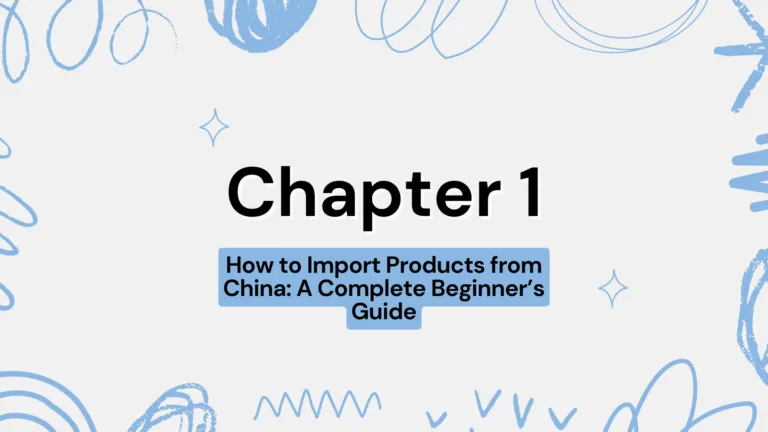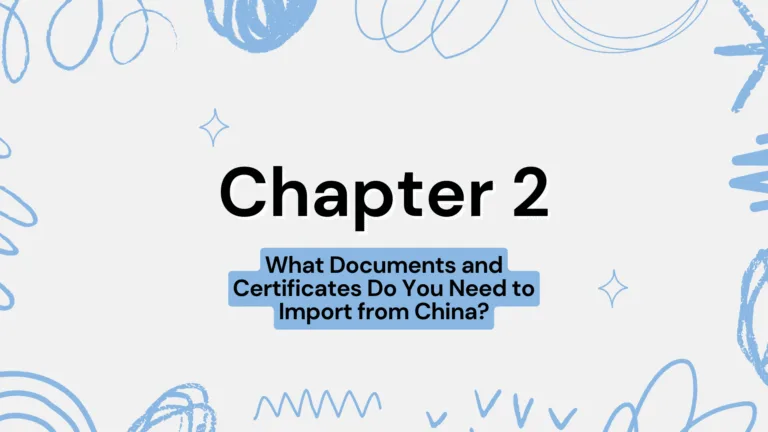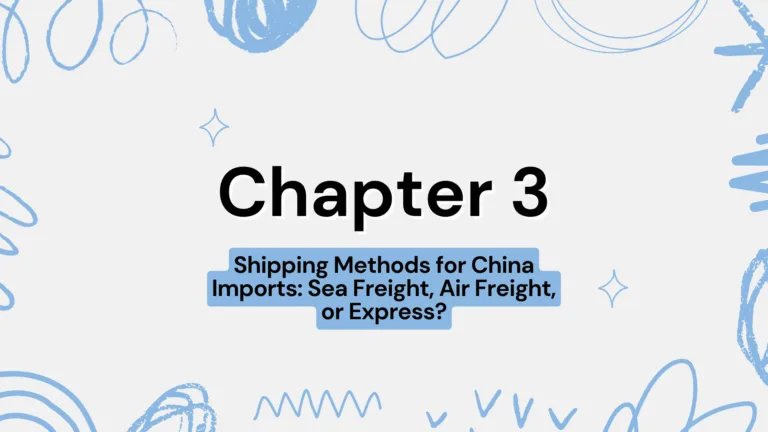When sourcing products from overseas, selecting the right China import payment methods is crucial for building trust and avoiding financial risks. The payment method you choose can determine whether your transaction is smooth or stressful.
In this guide, we’ll explain the three most commonly used methods: wire transfers, PayPal, and letters of credit (L/C). Each has its advantages and disadvantages depending on your order size, supplier relationship, and level of risk tolerance.
Why Choosing the Right Payment Method Matters
Importing from China involves international regulations, currency exchange, and potential fraud risks. Without the right payment structure, buyers may face shipment delays or even lose money.
Before deciding on a payment option, consider:
- Transaction security – Is it traceable and verifiable?
- Fees and costs – Are there bank charges or platform commissions?
- Supplier reliability – Do you trust the factory or trading company?
- Order value – Small sample orders vs. bulk shipments require different solutions.
Wire Transfer (T/T)
What is a Wire Transfer?
Wire transfer, also known as Telegraphic Transfer (T/T), is one of the most widely used China import payment methods. It involves transferring funds directly from your bank account to the supplier’s bank account in China.
Pros
- Universally accepted by Chinese exporters.
- Relatively quick and reliable.
- Good for repeat orders with trusted suppliers.
Cons
- High risk if paying 100% upfront.
- Bank fees on both sides.
- No built-in buyer protection like PayPal.
Best Use Case: Suitable for repeat business where trust is already established. Many importers use the 30/70 rule: 30% deposit upfront et 70% after shipment.
PayPal
What is PayPal for Importing?
PayPal is a popular online payment service, especially for smaller purchases or first-time transactions. It provides buyer protection in case of fraud or non-delivery.
Pros
- Quick and convenient.
- Dispute resolution system for buyers.
- No need to disclose bank details to suppliers.
Cons
- Higher transaction fees (3–5%).
- Not all Chinese suppliers accept it.
- Impractical for large payments.
Best Use Case: Ideal for sample orders or small test shipments when working with a new supplier.
Letter of Credit (L/C)
What is a Letter of Credit?
A Letter of Credit (L/C) is a secure agreement where the buyer’s bank guarantees payment to the supplier, provided they meet shipment and documentation requirements.
Pros
- Maximum protection for both buyer and supplier.
- Reduces fraud risks significantly.
- Commonly used for large contracts.
Cons
- Expensive due to bank fees.
- Requires complex paperwork.
- More suitable for high-value shipments.
Best Use Case: Best for large-scale imports where both parties want maximum financial security.
Comparison Table: China Import Payment Methods
| Method | Security | Cost | Meilleur pour |
|---|---|---|---|
| Wire Transfer (T/T) | Medium | Medium | Repeat orders with trusted suppliers |
| PayPal | Medium-High | High | Small/sample orders |
| Letter of Credit (L/C) | Very High | High | Large bulk shipments |
How to Choose the Best Payment Method
So, which of these China import payment methods is right for you? It depends on your situation:
- For samples or trial orders, PayPal provides the most safety.
- For medium-sized orders with trusted suppliers, wire transfer is cost-effective.
- For bulk, high-value transactions, a letter of credit ensures maximum protection.
By matching the right payment method to the order size and supplier trust level, importers can save money, reduce risks, and build better relationships with manufacturers in China.
Réflexions finales
Selecting the right China import payment methods is essential for safe and efficient international sourcing. From PayPal to wire transfers and letters of credit, each option offers different levels of security and convenience.
For further reading, you can check reliable resources like Trade.gov for updated guidelines on safe global commerce.





